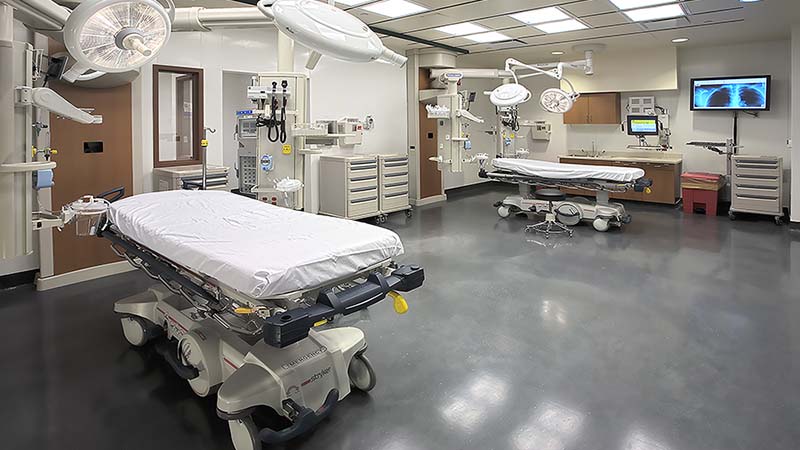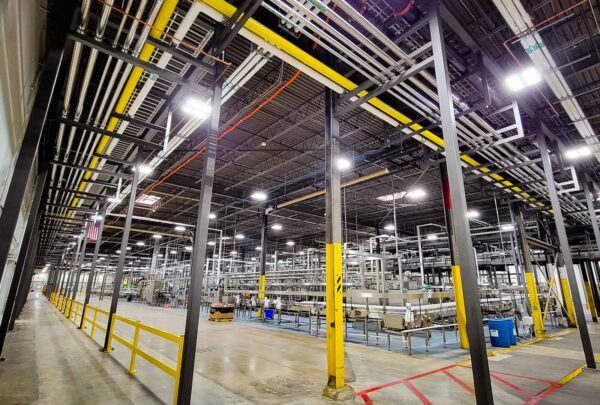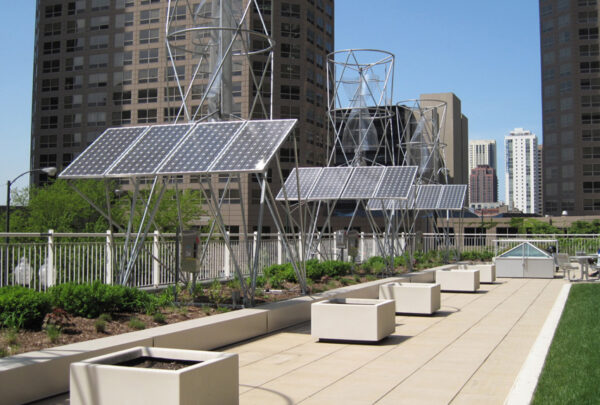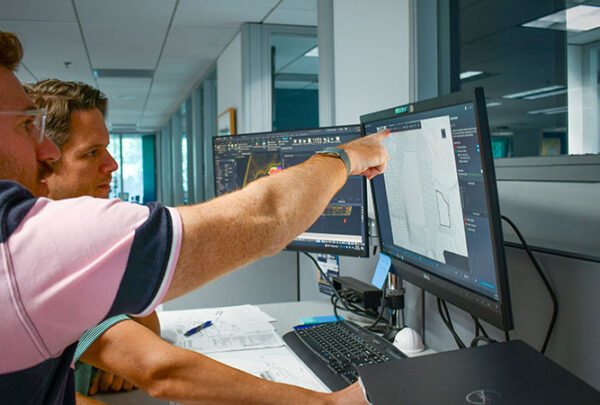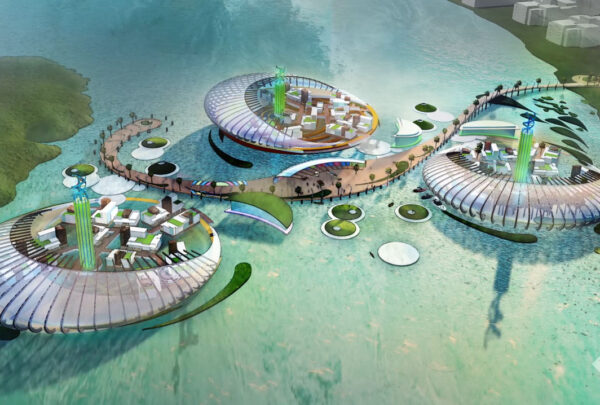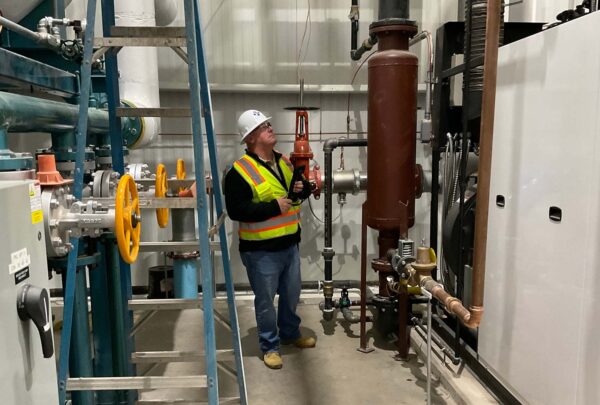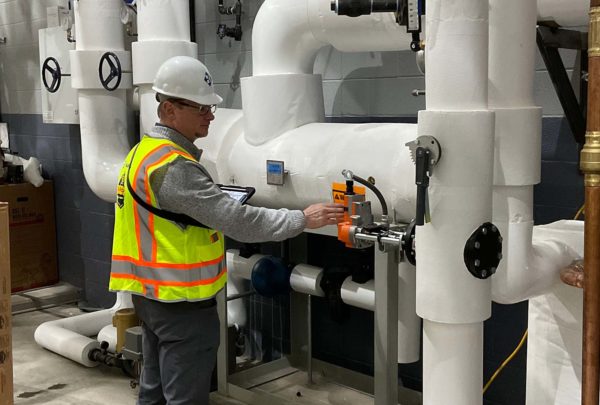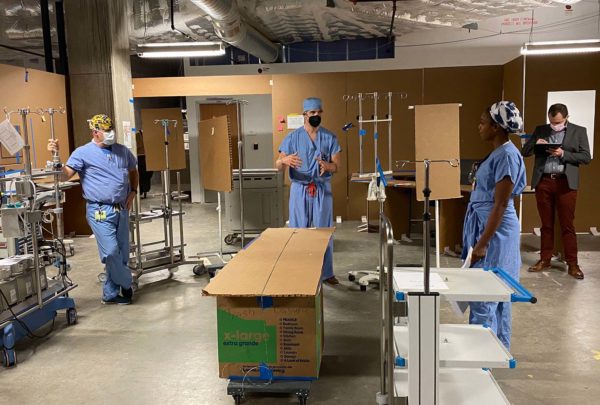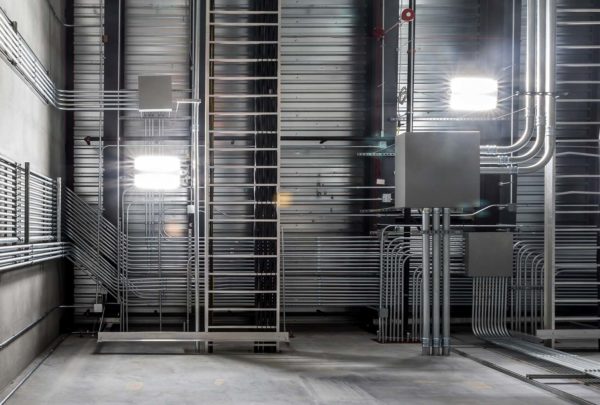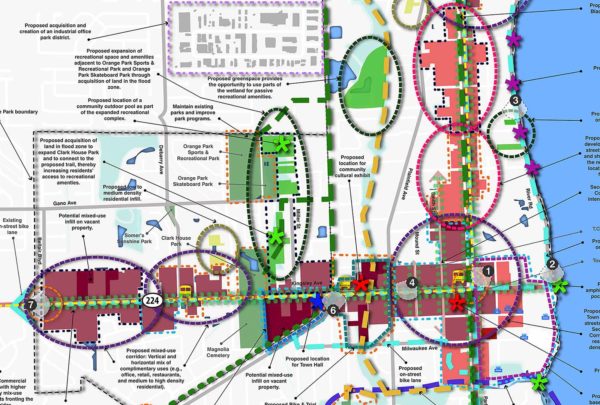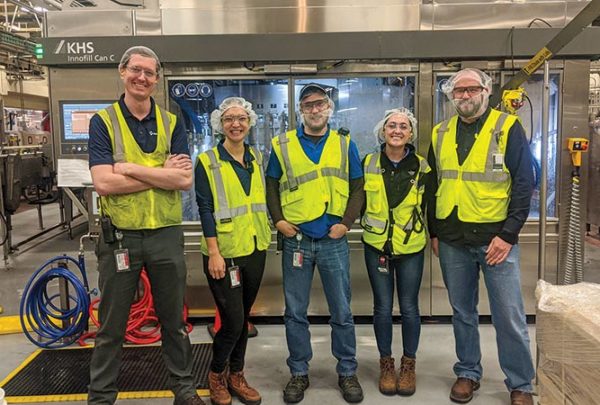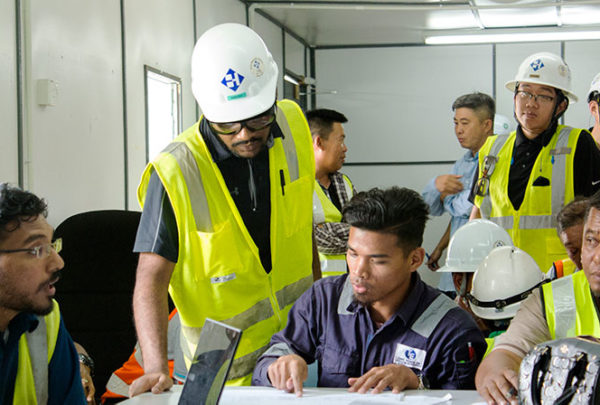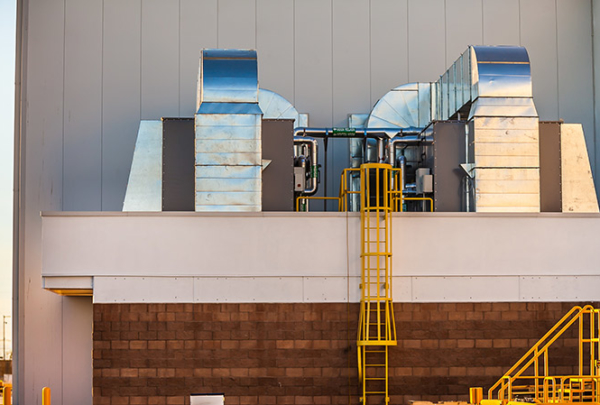Preventing infections is a challenge in any emergency department. In particular, communicable infections like tuberculosis, measles, and influenza can be spread through airborne pathogens, putting patients at risk. EDs need to consider how their HVAC control systems can combat these infections from spreading through proper HVAC design.
More Air Means Cleaner Air
In the past, HVAC designs included conditioning the air (for temperature and humidity), filtering the air (through two filter banks) and sending it toward dirtier or common areas. These traditional hospital HVAC designs returned 80% of the air with 20% going to exhaust. Over the past 20 years, however, designs have provided far more outside air. Many are being designed with 100% outside air purge systems, meaning no air is returned from a space and reintroduced into the supply air system. Recognizing that a certain percentage of infectious patients walk into the ED and must wait to be triaged, many ED waiting rooms and triage areas as well as isolation rooms should be designed using 100% exhaust, and using 100% outside air should be considered.
And Moving Air Means Cleaner Air
Within individual spaces, the effectiveness of a venting system depends on where the air is introduced into the space. The high/low strategy for vent placement is recommended for isolation, resuscitation, and trauma spaces, where a vertical sterile zone of 24” to 84” above the finished floor is established, i.e., where minimal relative contaminant levels exist. Using this configuration causes significantly less likelihood of vertical stratification or the existence of an undisturbed stagnant pocket of air carrying an airborne contagion. Thus, there is less chance the HVAC system can be impaired.
Airborne Contaminants Require Different Filtration Methods
For airborne pathogens, there are basically two filtration methods: particulate and ultraviolet germicidal irradiation (UVGI). Because each contaminant is a different size and has a different level of urgency, filtration methods can vary. Nevertheless, if a facility would like to eliminate most pathogens, a combination of high-efficiency particulate air or ultra-low particulate air and UVGI would be the solution.
For large EDs, for example in larger metropolitan areas seeing 100+ patients per day, higher efficiencies may be prudent because the risk for certain contagion is higher. In these cases, UVGI filtration (resembling a simple fluorescent light) may be used because it can be lethal to microorganisms from 0.1+ microns, which includes the most penetrating particles such as yellow fever, Ebola, hepatitis A, and influenza.
UVGI has proven to be the most effective means of controlling and destroying bacterial and fungal pathogens in healthcare. Their best performance has been recorded in static installations where UVGI is focused on stationary surfaces. And, while UVGI is being used more and more to target contagions on coils and filters, the evidence is insufficient whether UVGI can be effective on a larger scale or in moving air streams with velocities typical of HVAC systems.
Clean the Exhaust Air Too
It is not enough to make sure exhausts are judiciously placed away from main thoroughfares or areas where a great number of people might congregate. Exhaust air should be cleaned for the same reason intake air needs to be filtered. Wind patterns are unpredictable, leaving the potential for harmful contaminants to flow back into public areas or spaces that serve maintenance personnel or other ED staff. Fans placed on the roof containing HEPA final filters can discharge 15-20 feet straight upward into the air to prevent recontamination.
Pressurization Monitors: Consider for Individual Rooms
Because the patient treatment room has a higher risk of airborne contagion release than either a corridor or staff work area, it might be worth considering air flow and pressure monitoring like those systems found in isolation or negative pressure rooms for individual patient rooms within EDs. Pressure inside the individual rooms would be measured relative to the adjacent corridor and set to remain slightly negative. This can help limit the spread of contagions from the source room.
Because of recent technological advances, these devices have excellent sensitivity and reliability and are becoming less expensive. Standard devices can be purchased from building or energy management control vendors and monitored remotely as well as integrated into the patient assignment system due to open protocol controls languages.
Don’t Forget Staff Training
Whatever HVAC design elements are incorporated in hospital EDs to prepare them for airborne contaminants, it is also critical for staff to have a basic knowledge of the HVAC system, specifically air flow and pressurization schemes. Only a thorough background of the system’s configuration relative to air flow zones and partitions will enable staff to quickly isolate certain areas during an event.
Beyond the structure of the system, staff must know how to deal with specific contaminants. For instance, the staff needs to evacuate when a hazardous contagion is detected indoors, whereas sheltering in-place is the appropriate response when one is detected outdoors.
Finally, verification of the procedures or HVAC system functions through commissioning or acceptance testing process is paramount. HVAC and operations staff must be familiar with the steps the system goes through when initiated. Remember that no design measures can replace a crisis-prepared staff.
